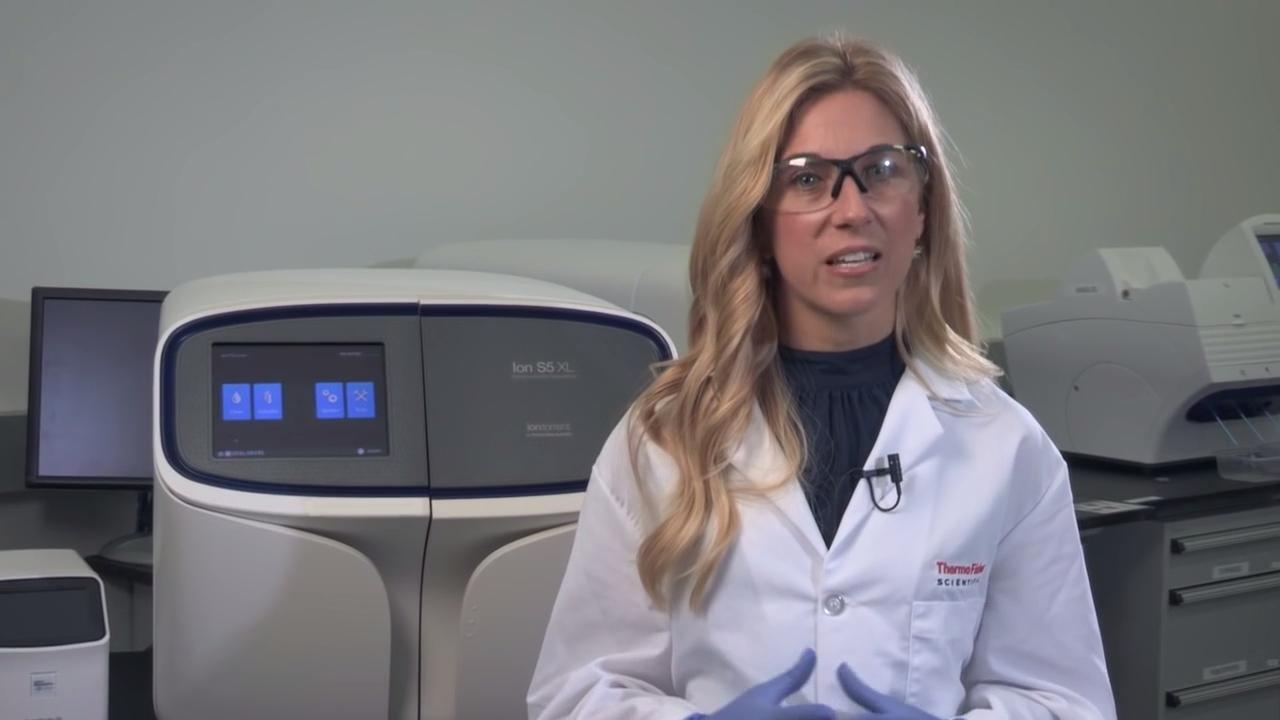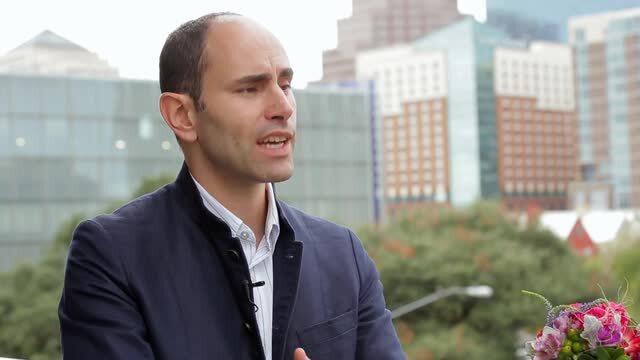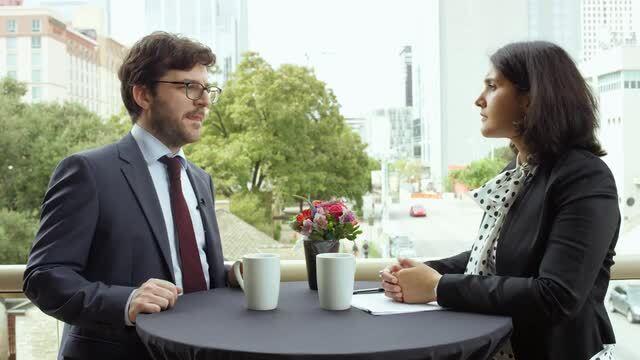Search Thermo Fisher Scientific
Liquid Biopsy Analysis Using NGS

From blood sample to variant data, comprehensive NGS solutions for analysis from a single tube of blood
Whether you are looking at multiple targets or just a few, our next-generation sequencing (NGS) solutions combine the power of Ion Torrent technology with manual or automated extraction of cell-free nucleic acid; relevant, targeted NGS assays; digital PCR for orthogonal verification. Together, these solutions enable a more complete understanding of a tumor’s molecular profile using research blood samples.
Enabling access to tumor biology
“What’s in the blood is actually what’s relevant. One could argue it’s not the overall tumor composition that we really want. We want the biologically relevant population. How do we define that? If that’s in the blood, that’s what we should be sampling—it’s that global representation of tumor biology that we need.”
—Minetta Liu, MD
Associate Professor of Oncology, Mayo Clinic
Featured webinar: Critical role of circulating tumor DNA reference materials in the field of liquid biopsy
Liquid biopsy is a non-invasive method for identifying biomarkers present in circulating tumor DNA (ctDNA). Recent ctDNA detection technologies could potentially revolutionize early cancer detection. As liquid biopsy technologies become more sensitive, screening for early cancer detection using a blood test could become routine clinical practice. However, with the advent of new technologies comes an equally important need for novel reference materials and quality assessment schemes to ensure quality test implementation.
Join our speaker, Dr. Kelli Bramlett, in this on-demand presentation as she discusses the critical role of circulating tumor DNA reference materials in the field of liquid biopsy.
Webinar series: New frontiers in liquid biopsy research
Non-invasive characterization of solid tumors via NGS liquid biopsy testing
Dr. Gorka Alkorta-Aranburu, PhD, Co-Director of Solid Tumor and Constitutional Disease Diagnostic Laboratory at the University of Navarra (UNAV), Pamplona, Spain
From qualitative to quantitative: experiences with a cfDNA assay in metastatic breast cancer research
Dr. Liya Xu, Postdoctoral Scholar in the Kuhn/Hicks Laboratory at USC Michelson Center for Convergent Bioscience
Evaluation of a pan-cancer cell-free assay to meet unmet research needs
Dr. Luca Quagliata, Consultant for Molecular Pathology at the University of Basel
Adding CNVs and fusions to a lung cfDNA assay: impact on oncology research
Dr. Beatriz Bellosillo, Head of Pathology at Hospital del Mar
Dr. Kelli Bramlett, Sr. Director of R&D for Clinical NGS at Thermo Fisher Scientific
Utilization of cell-free DNA (cfDNA) in cancer research
It’s time to start thinking about using blood samples in your cancer research. This installment of our #SeqItOut series addresses input amount, DNA yield, and expected performance from a targeted NGS assay.
Professor José Luis Costa, PhD, IPATIMUP, discusses use of cfDNA to detect rare mutations in lung cancer research blood samples.
Luca Quagliata, MD, University Hospital, Basel, Switzerland, talks about his research tracking mutations in metastatic prostate cancer samples using cfDNA and CTCs.
The power of next-generation sequencing
Next-generation sequencing (NGS) can process hundreds to thousands of genes and detect multiple biomarkers simultaneously. The sequencing chip is partitioned into millions of wells (flow cells) that allow reactions to occur independently in each well, enabling high-throughput sequencing of many genes alongside detection of biomarker variations at the same time. In contrast, traditional technologies such as FISH, IHC and PCR can only analyze one target gene at a time.
A short 1-3 day journey: from research blood sample to variant data
The NGS process starts with cell-free nucleic acid purification and sample preparation from a single tube of blood. The amplified sample will undergo high-throughput semiconductor sequencing, with results analyzed and reported through an integrated bioinformatics solution.
Additional (non-NGS) liquid biopsy applications
Detect and quantify rare mutations at frequencies down to 0.1%, and utilize for orthogonal verification of NGS results
Isolate, characterize, and analyze RNA and protein content from living cancer cells
For Research Use Only. Not for use in diagnostic procedures.




